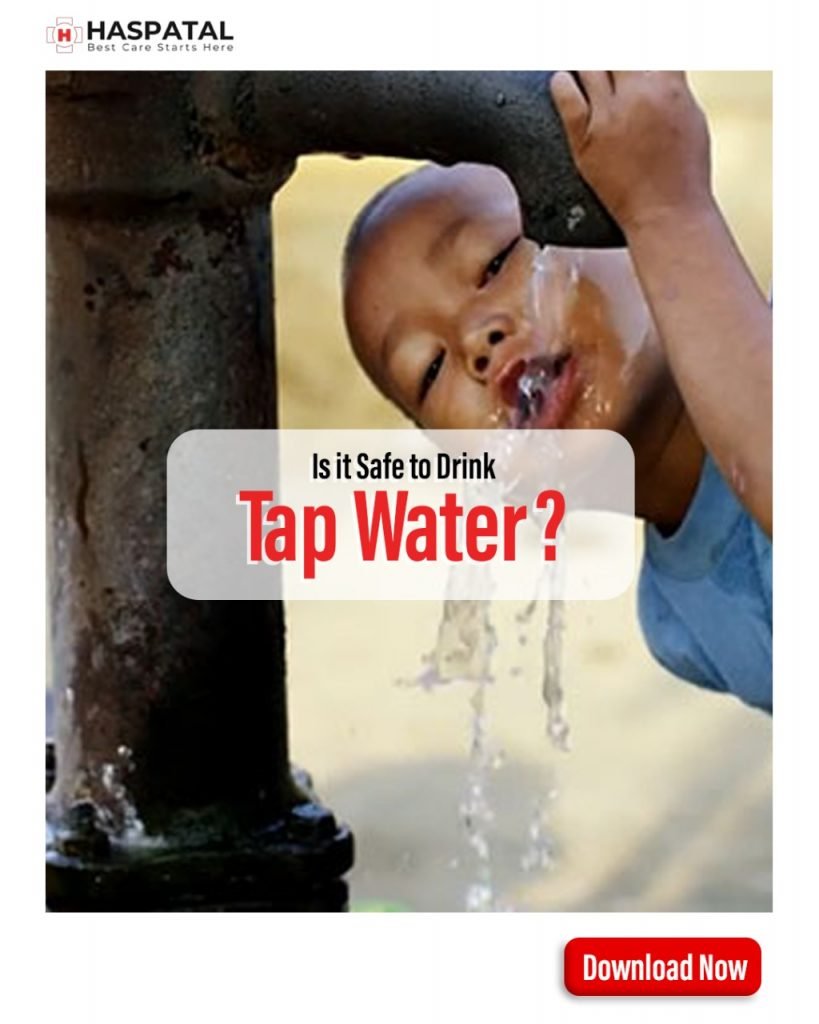Is Tap water safe to drink?
The first reason why discussing tap water in India in general is difficult is because of this. For many areas, the water comes from natural sources like Himalayas. Humans have, unfortunately, managed to poison practically every source of pure water in India.
Furthermore, some areas are experiencing severe water shortages, while others are experiencing ongoing flooding. India is a country with a wide range of cultures.
With numerous advertising for drinking water and water filtering devices, it’ affordable if you’re cautious of the water popping out of your room faucet.though some cities’ water contains trace amounts of pollution, most healthy adults should still drink from the tap in most areas—and water remains the foremost efficient and best choice to keep hydrated.
Fashionable bottled water brands still dominate grocery shelves, however the environmental impact of all that plastic is considerable: except for the massive amount of fossil fuels and gas emissions needed to power manufacture and shipping, the vast majority of plastic bottles find yourself in landfills instead of employment bins,due to these factors, several people like tap water.
While tap water quality varies by region, there are certain fundamental concepts that apply to most areas, as well as location-specific resources that can help you decide if tap water is good for you.
What is the pH of tap water?
Weather factors, human activity, and natural processes all influence the pH of freshwater around the world.
The normal pH range in surface water systems is 6.5 to 8.5, while the pH range in groundwater systems is 6 to 8.5.
The pH level of tap water is determined by factors such as the bedrock composition of a certain area, the presence of chemicals or cleaning agents in the water, and the treatment techniques used by municipal corporations.
The pH of the water you drink from the tap must be in the “safe” range of 6.5 to 8.5.
Why tap water is considered to be contaminated?
According to the Environmental Protection Agency (EPA), all drinking water (even bottled water) can be reasonably expected to contain trace quantities of various pollutants. Even if contaminants are present, this does not necessarily imply that the water you’re drinking is unsafe to drink. The EPA establishes legally enforceable standards known as National Primary Drinking Water Regulations (NPDWRs), which limit the levels of pollutants in drinking water from industrial chemicals, bacteria and parasites, fertilisers, and other potentially dangerous sources.
There is a second set of non-enforceable rules known as National Secondary Drinking Water Regulations (NSDWRs) for contaminants that may cause cosmetic consequences such as skin or tooth discolouration, or contaminants that may affect the taste, odour, or colour of drinking water. Water systems are not required to comply with NSDWRs, although some states may choose to accept them as enforceable requirements.
Every year, 37.7 million individuals in India are infected with waterborne diseases caused by bacteria (E. coli, Shigella, Vibrio cholerae), viruses (Hepatitis A, poliovirus, rotavirus), and parasites (Hepatitis A, poliovirus, rotavirus) (E. histolytica, Giardia, hook worm). Most water-borne infections can be treated with antibiotics and other medications, though not everyone has access to them.
However, the majority of people who become ill are not as a result of drinking tap water. Waterborne infections are almost always caused by a lack of access to safe drinking water.
The majority of healthy people can consume tap water without incident. However, certain people are more vulnerable to negative health impacts if water becomes contaminated. These are some examples:
Women who are pregnant
Infants and toddlers
Senior citizens
People suffering from chronic illnesses
People who have impaired immune systems (due to HIV/AIDS, organ transplants, chemotherapy, and so on).
What are the ways by which water can be filtered to get quality water?
Some people use water filters at home in an effort to make their drinking water safer. The following are the four types:
Organic pollutants that affect taste and odour can be removed by activated carbon filters. Some systems can also remove chlorination byproducts, solvents, pesticides, and some metals like copper and lead.
Minerals like calcium and magnesium, which make water hard, can be removed using ion exchange units with activated alumina. This is frequently used in conjunction with other filtration methods like carbon absorption or reverse osmosis.
Pesticides, fluoride, chloride, and petrochemicals can all be removed with reverse osmosis units containing carbon.
Distillation equipment boils water and then condenses the steam to produce distilled water.
Download Haspatal online doctor consultation app and get the best treatment online via video consultation with online doctors.
[contact-form-main]

